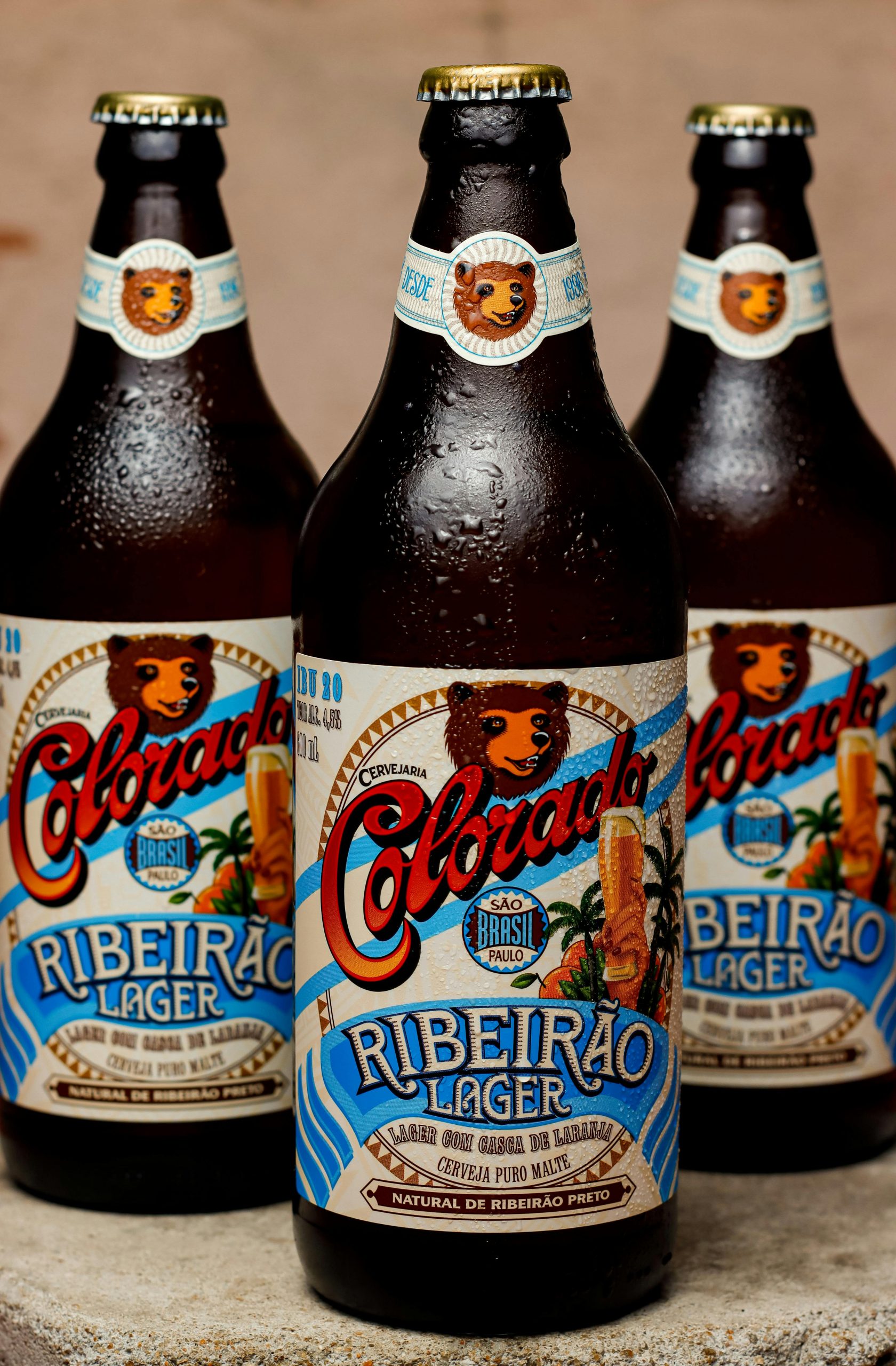Your cart is currently empty!

Steven Coulson
Steven has been drinking beers, wines and spirits for decades and has a propensity to go about them at length after a few drinks.
Latest Posts
- My wife found out our favorite Gin for martinis was discontinued. I think we are good for a while…

- Oregon Road Trip: Freeland Spirits Garden Botanicals Gin

- Botanist with Trader Joe’s Lemon and Elderflower Soda

- I’m one of the worlds leading buyers of craft gin in the world and a international spirit judge AMA

- I’m blown away…. By how let down I am by this Gin.

Categories
Tags
Social Links

The Illusion of Limited Releases: A Closer Look at Craft Beer Marketing
In the world of craft beer, the term “limited release” is often touted as a badge of honor, designed to excite enthusiasts and drive sales. Yet, a growing sentiment among consumers suggests that this sense of exclusivity may be more illusion than reality.
Recently, I visited my local bottle shop and was struck by the sight of a so-called “extremely limited” barrel-aged stout sitting on the shelf, untouched since October. Its label boasted about a production run of only 500 cases, an enticing figure that should have sent fans flocking. Instead, it lingered there, gathering dust while pleading for a buyer at a price of $25—an amount many are hesitant to spend on another bourbon barrel stout that doesn’t differentiate itself from the rest.
It’s hard not to recall the days when iconic brews like KBS and BCBS would spark fervent enthusiasm among fans, with lines forming outside stores just to catch a chance at securing a coveted bottle. Fast forward to today, and I can stroll into a well-stocked shop and find vintage 2020 BCBS available with little more effort than picking up a case of mainstream lager. What has changed?
The craft beer market seems inundated with “limited” releases, many of which fail to generate the intended demand. In fact, a significant portion simply languishes on warm shelves, long after their “drink by” dates. It raises a critical question: Are breweries genuinely providing exclusive products, or are they engaging in a strategy of artificial scarcity?
The current trend is disheartening for those of us who genuinely appreciate the craft of brewing. We find ourselves paying premium prices for what is, at times, no more rare than a standard offering. If a brewery desires to maintain that elusive aura around its creations, it must either truly limit production or cease the facade that every contact-brewed barrel-aged stout is an exclusive gem.
In an era where consumers are becoming increasingly savvy, it’s time for breweries to reclaim authenticity in their marketing. Real scarcity should be a natural occurrence rather than a manufactured concept. After all, the pleasure of craft beer lies not only in its taste but also in the artistry and intention behind each release. It’s time to elevate the conversation around craft beer, moving beyond gimmicks and towards genuine experiences worth celebrating.
